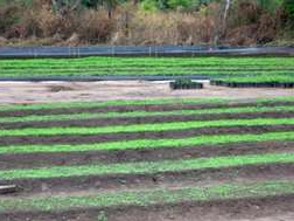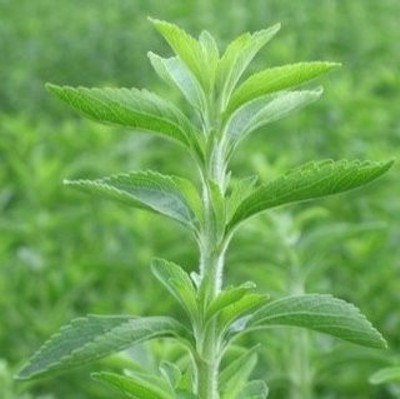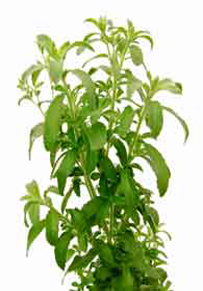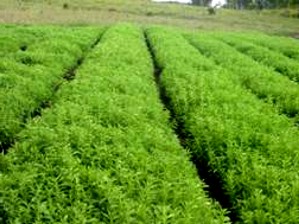Stevia locks up in itself the ancestral spirit of old woman original foods. It is full of history, legend, guaraní music.
It contains the essence of the organic, respectful culture of nature and the environment

It is the door of the viable and sustainable sense for the Latin American economies that need to revalue their potentials and to increase their productive wealth in order to improve the quality of life of their inhabitants.
With this overview we are working on this bicentennial to have a National Congress in May, 2010 in Salta, with the snapshot to become a center of action and reflection on alternative field crops of high economic and social impact, as it is stevia.
The great Argentine north owns the suitable agro-ecological conditions to place us in a very competitive position to lead the production of stevia at world-wide level.

Historically, Stevia, is consumed by the ancestral inhabitant from its green leaf, sweetening the stevia and foods, handing down this custom from generation to generation and evolving its consumption through drying the product in a natural way.
The blackish green colored liquid concentration is approximately 70 times sweeter than sugar. It is commonly used by adding it to milk to sweeten cereals for breakfast, tea, coffee or chocolate.

The steviol glycosides, in the form of white dust concentrated is 300 times sweeter than the sugar.
Although the Stevia has not been approved like sweetener by the FDA, it is sold in health food stores as dietary supplement or natural product for personal use.

Nevertheless in Europe, the FAO (JECFA), has already approved the use and consumption of the Stevia without restrictions, authorizing associated doctors to recommend its use for diabetic patients and consumption.

The steviol glycosides, being used as additive has verified properties, such as the capacity to delay the decomposition of drinks, glazed fruit and frozen foods, meanwhile it enhances its flavor.
It is important to point out ,its null contribution of calories, because the organism doesnot metabolize it.
La Fundación Dr. Manuel A. De Castro está nucleada al Plenario de Organizaciones para el Bicentenario en Salta www.bicentenario.org.ar